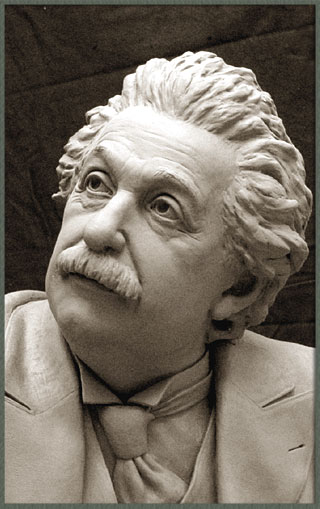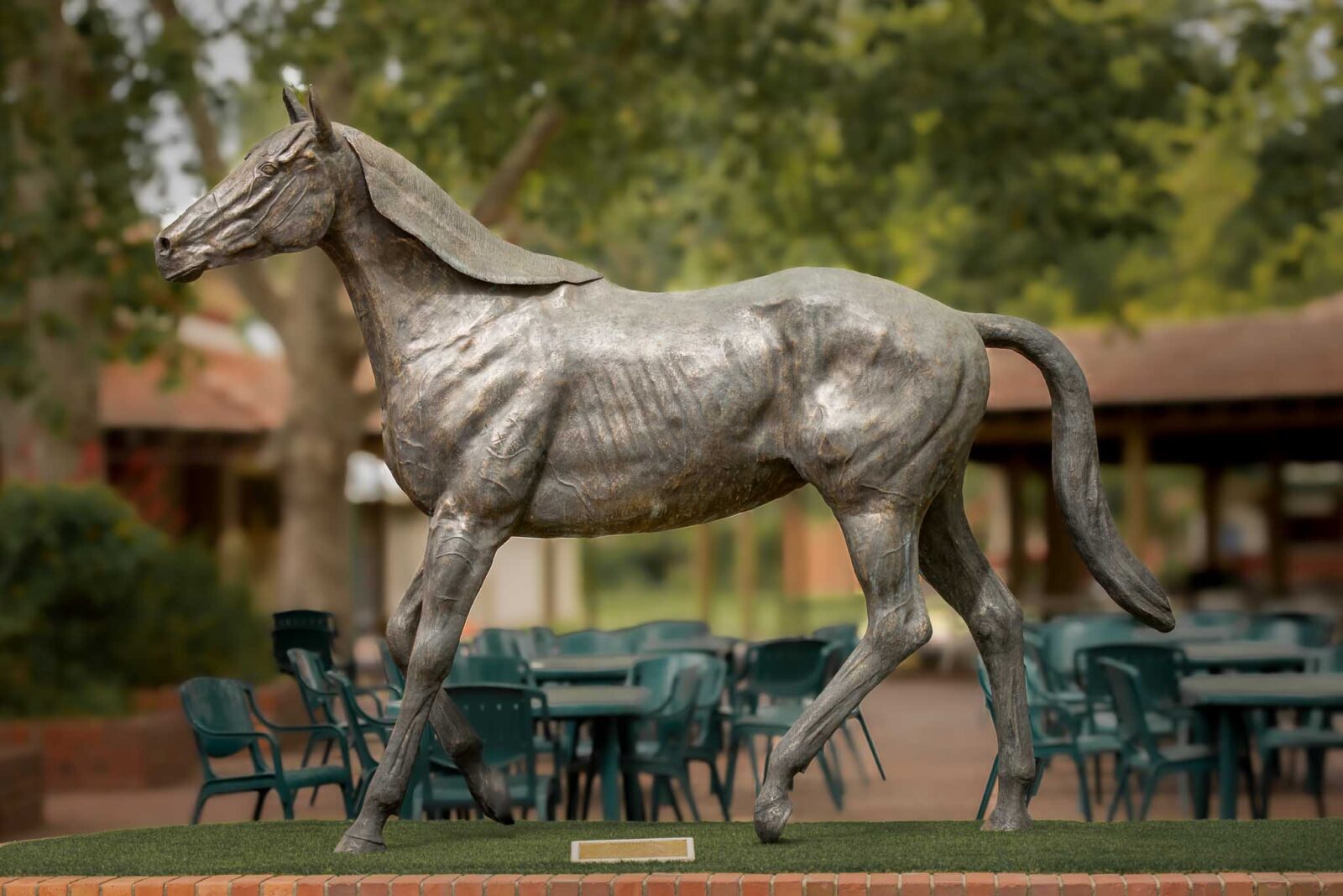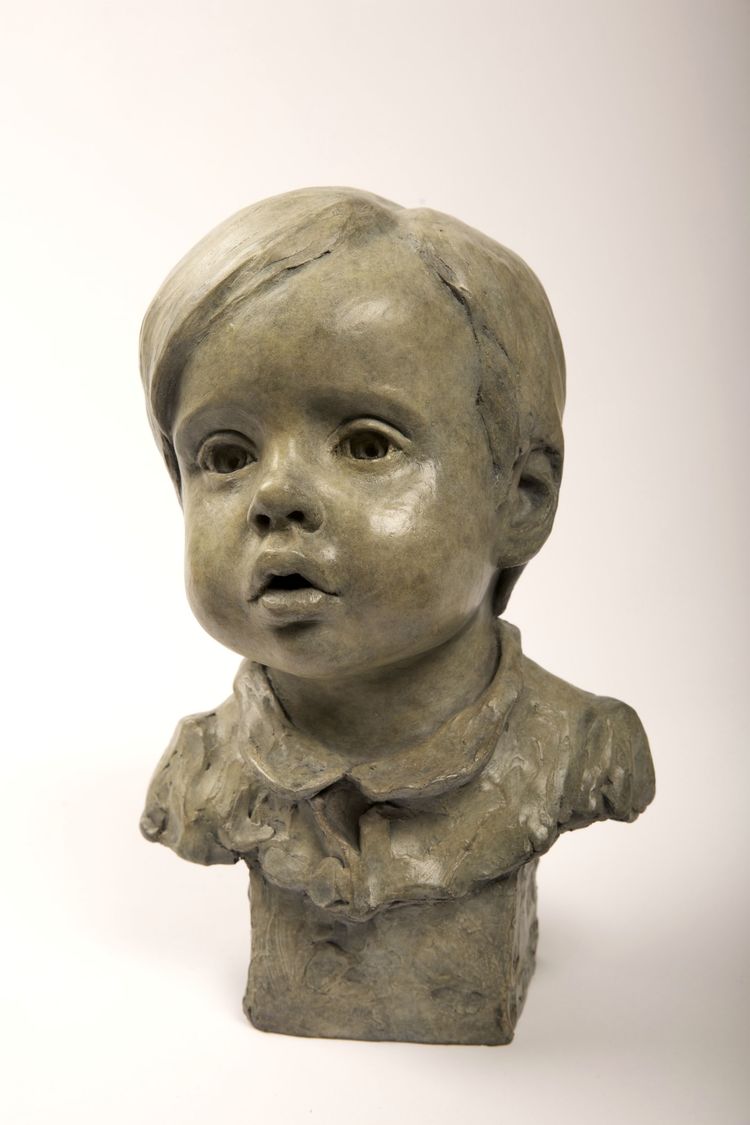Contemporary Marvels: Study the World of Contemporary Sculptures
Wiki Article
Checking Out Different Materials in Sculpture Art
From ancient rock sculptures to contemporary mixed media productions, musicians have constantly checked out the countless opportunities of various materials. In this write-up, we will dive right into the interesting globe of exploring various materials in sculpture art. We will certainly uncover the ageless beauty of rock sculptures, the complex craftsmanship of metal work of arts, the malleability of clay developments, the unusual usage of mixed media, and the makeover of common items right into extraordinary jobs of art.Stone Sculptures: Timeless and old
Stone sculptures have long been admired for their long-lasting appeal and ageless allure. Going back hundreds of years, stone sculptures have been a noticeable type of artistic expression across various societies and human beings. From the ancient Egyptians and Greeks to the Mayans and Chinese, musicians have actually made use of rock as a tool to create stunning artworks that have stood the examination of time.Among the crucial factors for the lasting popularity of rock sculptures is the toughness of the product itself. Unlike various other mediums that might deteriorate gradually, stone has actually confirmed to be durable and able to stand up to the elements. This toughness has actually enabled rock sculptures to endure for centuries, acting as a testament to the craftsmanship and skill of the musicians who created them.
Additionally, stone sculptures have a sense of permanence and solidity that is unmatched by other materials. The weight and appearance of stone give sculptures a sense of existence and compound, making them a focal factor in any type of space they inhabit. Whether presented in museums, yards, or public rooms, stone sculptures command focus and evoke a feeling of eternity.
In addition, the natural elegance of rock includes in its allure as a medium for artists. The unique colors, patterns, and structures discovered in numerous sorts of rock contribute to the aesthetic appeal and creative expression of the sculptures. From the smooth style of marble to the tough charm of granite, each kind of rock supplies its very own distinct aesthetic top qualities, permitting artists to produce really one-of-a-kind items.
Metal Work Of Arts: From Iron to Bronze
Proceeding the expedition of products in sculpture art, the change from stone to metal comes up with a brand-new world of creativity and craftsmanship. Metal sculptures have a rich and lengthy background, going back to old civilizations. From iron to bronze, musicians have actually harnessed the distinct buildings of these metals to produce masterpieces that influence and mesmerize.
Bronze, on the other hand, uses a various collection of high qualities that artists have made use of to terrific result. Its pliability and capacity to hold fine information make it an excellent material for sculpting complex and delicate kinds. Bronze sculptures usually exhibit a feeling of beauty and grace, with their smooth surface areas and refined patinas.


Clay Creations: Functional and flexible
Clay sculptures, with their flexible and malleable nature, deal musicians a wide variety of imaginative opportunities in the world of sculpture art. Clay, a natural product composed of minerals and water, has been used by artists for centuries to develop meaningful and complex sculptures.

Artists can control the clay using their tools or hands, permitting for the creation of detailed details and appearances. This malleability provides artists the flexibility to experiment and explore various types and designs.
One more benefit of clay is its flexibility in terms of firing techniques. Low-fired clay develops a delicate and permeable surface area, while high-fired clay creates a durable and smooth surface.
Furthermore, clay supplies musicians the possibility to operate in both additive and subtractive techniques. They can develop layers of clay to produce a sculpture from square one, or they can carve away excess clay to disclose the wanted type. This versatility permits artists to adjust their methods to fit their artistic vision.
Clay sculptures can be completed with different strategies, such as glazing, painting, or adding various other materials like steels or wood. This further enhances the artistic possibilities and enables the development of aesthetically striking and one-of-a-kind items.
To conclude, the malleability and convenience of clay make it an ideal tool for artists to explore their creativity in sculpture art. Its ability to be built, terminated, and ended up in various means opens a world of possibilities, allowing artists to bring their visions to life via the tactile and meaningful nature of clay sculptures.
Mixed Media Magic: Unconventional Materials in Sculpture
With a growing interest in pressing the borders of typical sculpture, musicians have started to embrace mixed media as a method of incorporating non-traditional products into their artistic developments. By integrating different materials, musicians can create aesthetically striking and vibrant sculptures that test the audience's perception of what sculpture can be.Multimedias sculptures usually feature a mix of products such as timber, metal, material, located things, and even natural products like plants or pet components. These unique products include depth, texture, and meaning to the artwork, enabling artists to check out brand-new ideas and concepts.
One example of multimedias sculpture is the work of musician Louise Nevelson - Bronze Sculptures. She is recognized for her assemblages made from discovered items and thrown out materials. Her sculptures, typically painted in single shades, develop abstract and elaborate structures that evoke a sense of mystery and significance
One more artist that uses multimedias in sculpture is Ron Mueck. He creates hyper-realistic sculptures by incorporating products such as silicone, fiberglass, and human hair. Mueck's sculptures test our understanding of scale and truth, as he typically produces epic or mini numbers that show up extremely natural.
Mixed media sculpture allows musicians to experiment with unique products, broadening the possibilities of what sculpture can be. Contemporary Sculptures. By incorporating different products, musicians can develop distinct and thought-provoking artworks that astound and involve customers in new and unanticipated methods
Found Item Art: Transforming the Ordinary Into Amazing
Found things art is a transformative practice that elevates daily items into amazing sculptures. This artistic technique entails using random, discarded items that are repurposed and given new life. By integrating these found items into their job, artists test standard concepts of what constitutes art and produce provocative pieces that engage viewers in one-of-a-kind ways.The beauty of located object art hinges on its capacity to change the ordinary into something extraordinary. Artists look for disposed of items such as old devices, family things, or perhaps natural materials like branches and rocks, and use them as the structure for their sculptures (Contemporary Sculptures). With cautious plan, control, and sometimes even alteration, these things are transformed into exciting jobs of art that invite viewers to reconsider the value and possibility of everyday things
This art form urges customers to question their presumptions of elegance and meaning. By presenting familiar objects in unfamiliar contexts, located things art challenges us to my latest blog post see the world in amazing and new methods. It motivates us to look past the surface area and find concealed stories and links within the items themselves.
Verdict
To conclude, discovering different products in sculpture art permits musicians to express their imagination and bring their visions to life. Stone sculptures display the classic and ancient elegance of natural products, while metal masterpieces show the flexibility and stamina of iron and bronze. Clay productions use a functional and malleable medium for artists to form and mold and mildew (Robert C Hitchcock Sculptor). Multimedias magic and located things art obstacle conventional notions of sculpture, changing regular materials into phenomenal artworks.From ancient rock sculptures to modern blended media developments, artists have constantly checked out the unlimited possibilities of different materials. Clay sculptures, with their flexible and functional nature, offer musicians a broad variety of creative possibilities in the globe of sculpture art. Clay, a natural material composed of minerals and water, has actually been made use of by musicians for centuries to create meaningful and elaborate sculptures.
In verdict, the malleability and versatility of clay make it an optimal tool for musicians to discover their creativity in sculpture art.In conclusion, discovering various materials in sculpture art enables musicians to share their creative thinking and bring their visions to life.
Report this wiki page